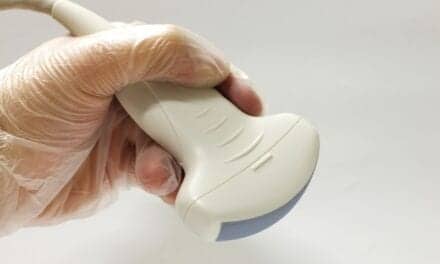Since the 1950s, placing a lead apron over a patient for dental and other x-rays has been standard practice, sparked by fears that radiation would damage the germ cells leading to genetic mutations. But, according to Scope, a publication of Stanford Medicine, that thinking is outdated, and the practice may be changing.
“We now understand that the radiosensitivity of ovaries and testes is extremely low. In fact, they are some of the lower radiation-sensitive organs — much lower than the colon, stomach, bone marrow and breast tissue,” said Donald Frush, MD, a professor of pediatric radiology at Lucile Packard Children’s Hospital Stanford.
In addition, he explained, technology improvements have dramatically reduced the radiation dose that a patient receives during standard X-ray films, computerized tomography scans and other radiographic procedures. For example, a review paper finds that the radiation dose to ovaries and testes dropped by 96% from 1959 to 2012 for equivalent X-ray exams of the pelvis without shielding.
Many technologists, medical physicists and radiologists are now recommending to discontinue the routine practice of shielding reproductive organs during X-ray imaging. However, they support giving technologists discretion to provide shielding in certain circumstances, such as on parental request. This position is supported by several groups, including the American Association of Physicists in Medicine, National Council on Radiation Protection and Measurements and American College of Radiology.
Read more from Scope.






